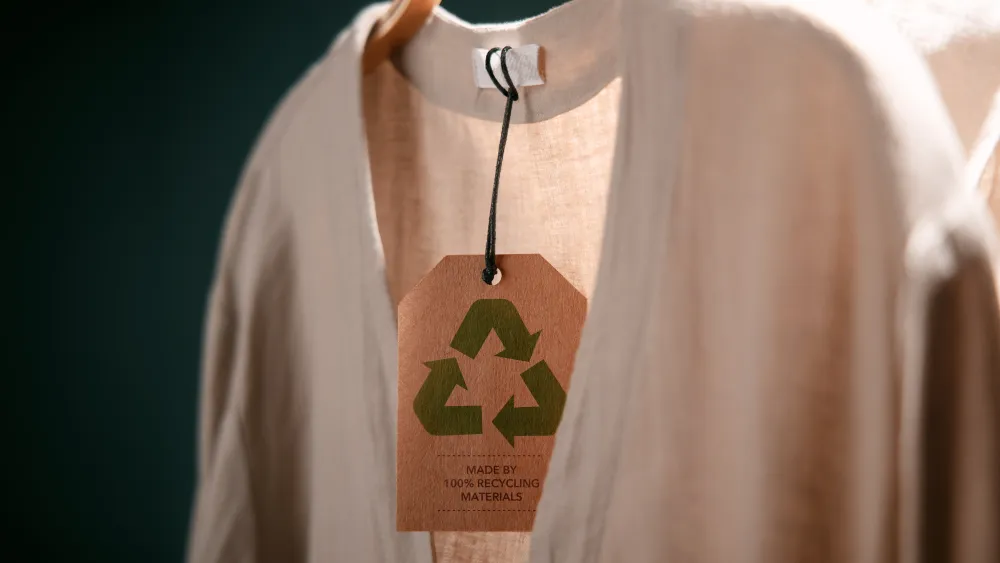
The fashion industry is baby steps towards a more sustainable future, but a significant shift towards circularity is still far off, reveals Kearney's latest report, the ‘2024 Circular Fashion Index’. This year's edition marks the fourth iteration of the index, which measures how effectively fashion brands extend the life cycle of their products. The report analyzes 235 global brands across various categories, assigning a Circular Fashion Index (CFX) score on a scale of 1 to 10.
Slight improvement, major room for growth
The headline finding reveals a modest improvement from 2023. The average CFX score across all brands rose by 8 per cent to 3.20 a mere 0.23 points higher than 2023. While this signifies progress, it also highlights the vast gap that remains between current practices and true circularity.
The report emphasizes that beyond the top 10 performers, none of the seven dimensions used to assess circularity – including use of recycled materials, repair services, and second-hand offerings – are being widely adopted.
Category leaders and encouraging shifts
However, there are some bright spots. The outdoor category achieved the highest overall CFX score, indicating a stronger focus on product durability and extended lifespan in this segment. Additionally, the report highlights positive movement within the affordable luxury market, which saw the most significant improvement in scores year-on-year.
Highlights from the report
Gradual improvement: The fashion industry is acknowledging the need for change. The average score increase signifies a collective shift towards circularity, albeit slow.
Top performers: The report highlights that the top 10 brands are leading the way in implementing circular practices. This suggests that significant progress is possible.
Category leaders: The Outdoor apparel category achieved the highest overall score, indicating a focus on garment durability and potentially longer life span.
Shifting gears: The report identifies the affordable luxury segment as demonstrating the most significant improvement. This suggests that a focus on circularity can be financially viable for a broader range of brands.
Regulations and redefining value
The report underscores the growing importance of circularity in fashion. Stringent regulations on sustainability are emerging in the EU and US, making circular practices not just environmentally responsible but commercially necessary. Beyond compliance, Kearney suggests that embracing circularity can unlock new value propositions for brands, fostering customer loyalty and differentiation in a competitive market.
Consumer confusion and brand action
The report doesn't shy away from addressing the challenge of consumer awareness. While many brands are taking initial steps, a significant knowledge gap persists among consumers regarding circular fashion options. Kearney emphasizes the need for brands to bridge this gap through clear communication and education around their circularity efforts.
The Kearney CFX report serves as a wake-up call for the fashion industry. While there's a start, significant work needs to be done. Investors, brands, and policymakers all have a role to play in creating a more circular fashion ecosystem. This will require not only innovation in garment design and production but also investment in infrastructure and education to shift consumer mindsets. The fashion industry has the potential to be a leader in sustainability. The 2024 CFX report highlights the path forward, but the industry must accelerate its efforts to achieve a truly circular future.












